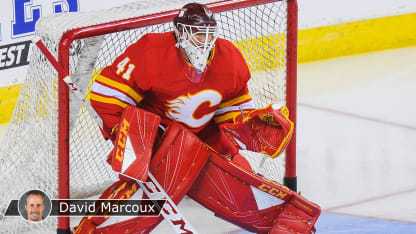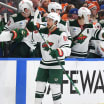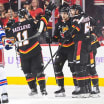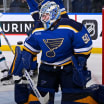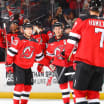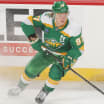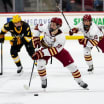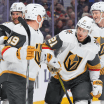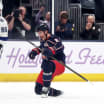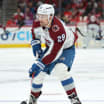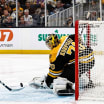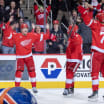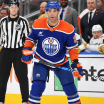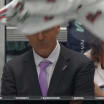I've seen Craig explaining to them how he prefers certain things, like dealing with backdoor coverage or positioning for goalie-to-defenseman passing plays from the trapezoid area. In this case, the communication is paramount in the early going.
Being a leader and vocal goaltender prior to games and during games, will create less havoc because then all players will be aware of what the goaltender wants.
Defensive-zone coverage is based on trust and those young Senators defensemen want nothing more than to quickly understand what Anderson wants to find success and acceptance.
With other teams, we see goalies with new partners.
Thomas Greiss and Robin Lehner are a tandem with the New York Islanders; Semyon Varlamov and Philipp Grubauer are teammates with the Colorado Avalanche; Tuukka Rask and Halak are together with the Bruins; Brian Elliott and Calvin Pickard are partners with the Philadelphia Flyers; and Curtis McElhinney and Petr Mrazek are teammates with the Carolina Hurricanes, to name just a few.
Those situations also require adjustments.
A goalie wants to focus on his own routines and preparations but when there's somebody new around, the connections may not be as strong as they have been in the past - only natural with somebody new - and it can create an element of unknown. It's extra energy to work on new relationships. New partners simply need to learn how to react with a new guy around.
Everyone's trying to find their groove. Having a new partner is just another element in trying to be strong and confident mentally, and to be able to block out the noise and play your own game, no matter the circumstance.
This is where a goalie's pregame preparation and routine is so important in finding a groove early in the season.
This season has also introduced another wrinkle for goalies in the early going - new chest protectors and upper-body protectors. The League has some new guidelines on the size of this part of the equipment and it's been an adjustment for some goalies.
On "Hockey Night in Canada" on Saturday, analyst Kelly Hrudey was showing some of the leaky goals that have been scored this season, goals going between the arm and body and near the chest. Some goalies that did have oversized equipment liked the bulky size of it, but now with it a little smaller, it's very likely that some leaky goals are the result. I especially think that slim body type goalies, guys who looked huge in the past, are the ones that might have issues closing holes up with the new arm and body protection.
One final thought, something that caught my eye earlier in the week.
We saw Carey Price take a day in a separate practice with his goalie coach Stephane Waite. They went on a different sheet of ice from the rest of the Canadiens to have a technical day. The goaltending position is so different than for other players on the teams that it is very important to schedule days of goalie-specific, fine-tuning drills. The busy NHL schedule can make it very difficult to find such an opportunity but it's very, very valuable.
It's the kind of thing an NHL goalie can use to his benefit, especially at a time of year when goalies have a lot on their plates and offense seems to be more in the headlines than normal.
